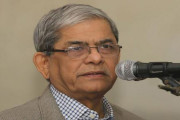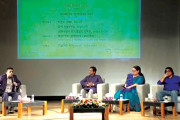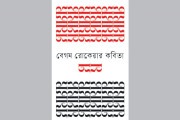Testing up, positivity rate down: CM Nitish Kumar’s stitch in time appears to be working in Bihar
Amitabh Srivastava, Patna:- he sharp rise in Bihar’s daily Covid-19 testing numbers—from 10,245 tests on July 15 to 75,628 tests on August 8—and the corresponding decline in the percentage of positive cases (from 15.3 per cent to 5.3 per cent in the same period) has led many to opine that chief minister Nitish Kumar’s stitch in time may well have saved the proverbial nine.
Though it is too early to say whether the state government has arrested the spread of Covid-19 in Bihar, a mini-turnaround has been visible since July 26, when the chief minister replaced principal health secretary Uday Singh Kumawat with Pratyaya Amrit. The chief minister’s brief to Amrit was reportedly simple—ramp up testing numbers, ensure easy access to quality medical treatment in all districts and conduct aggressive contact tracing.
By many measures, Amrit has delivered. In the first four months of the pandemic, from March-end to July-end, the state health department had conducted a total of 456,324 tests, with 38,919 testing positive and 12,361 cases pegged as active. As of August 8, 13 days after Amrit took over the department, the total number of tests has increased to 1,021,906. In other words, more tests were conducted in Amrit’s first 13 days in office than in the previous 120 days.
A reassuring finding is that while the number of active cases has increased from 12,361 on July 26 to 27,975 on August 8, the number of cases cured has also risen significantly, from 26,308 on July 26 to 51,315 on August 8. And while the state maintains a 65 per cent recovery rate, the fatality rate is 0.55 per cent, almost a quarter of the national average of 2.05 per cent. These two factors have allowed a higher and increasing difference between the number of recovered patients and active cases in Bihar.
Amrit tells media that in view of the chief minister’s directive, rapid antigen tests have been made available to all primary health centres in the state. Patients visiting hospitals even for other ailments are being tested, with health professionals also testing those at flood-relief camps or in Covid-19 containment zones. With the CM keeping a close eye on proceedings, the state health department has implemented a methodical strategy of intensive screening, targeted testing in areas where special surveillance has been deemed necessary and a larger deployment of ambulances.
The chief minister has also instructed the state health department to ensure that blood-oxygen level testing is being done at all Covid-19 testing centres, as well as a regular monitoring of those who are in home isolation. “Our goal is to save lives,” said the CM at a review meeting of the state’s efforts to battle the pandemic. “Health professionals must monitor the vital signs of all patients, so that help can be rushed to them quickly in case of medical need.”
The next initiative among the CM’s directives—which he described as crucial—is to develop intensive care units (ICUs) in all district hospitals, as well as increasing the number of available beds in proportion to the population of the respective districts. The chief minister has also instructed the health department to ensure that those who want to be tested for Covid-19 can do so.










































































































































































